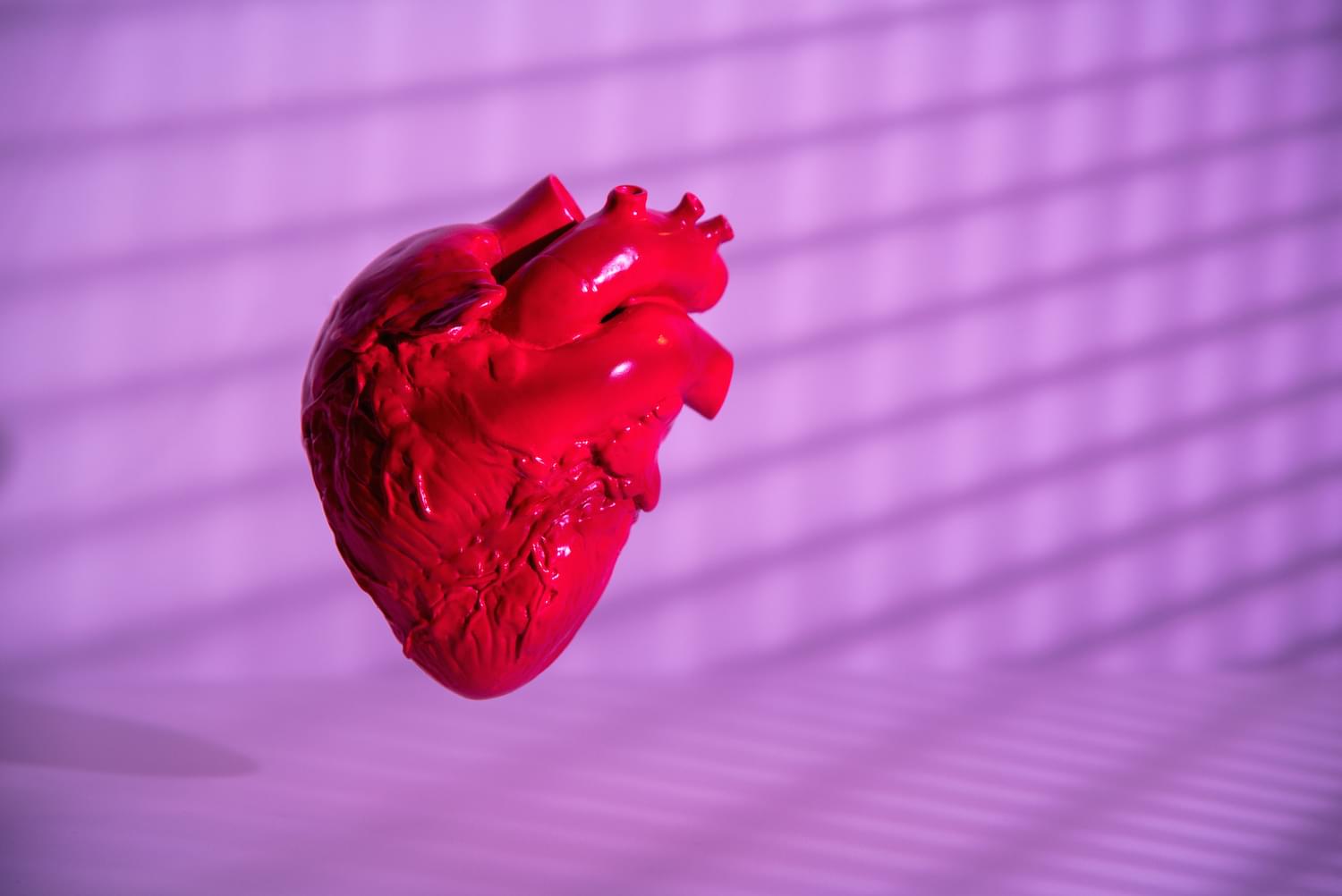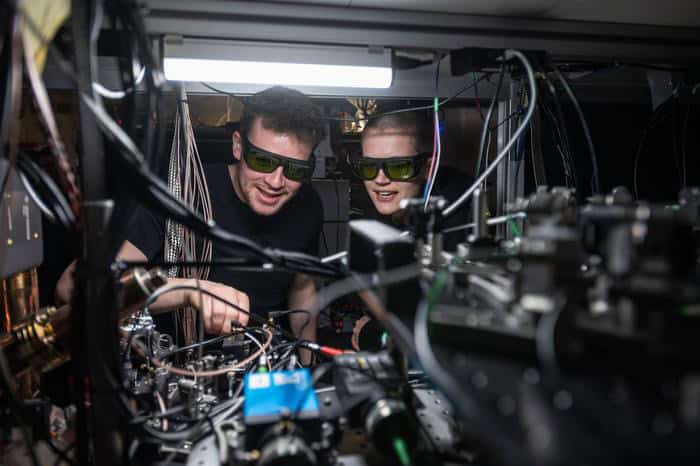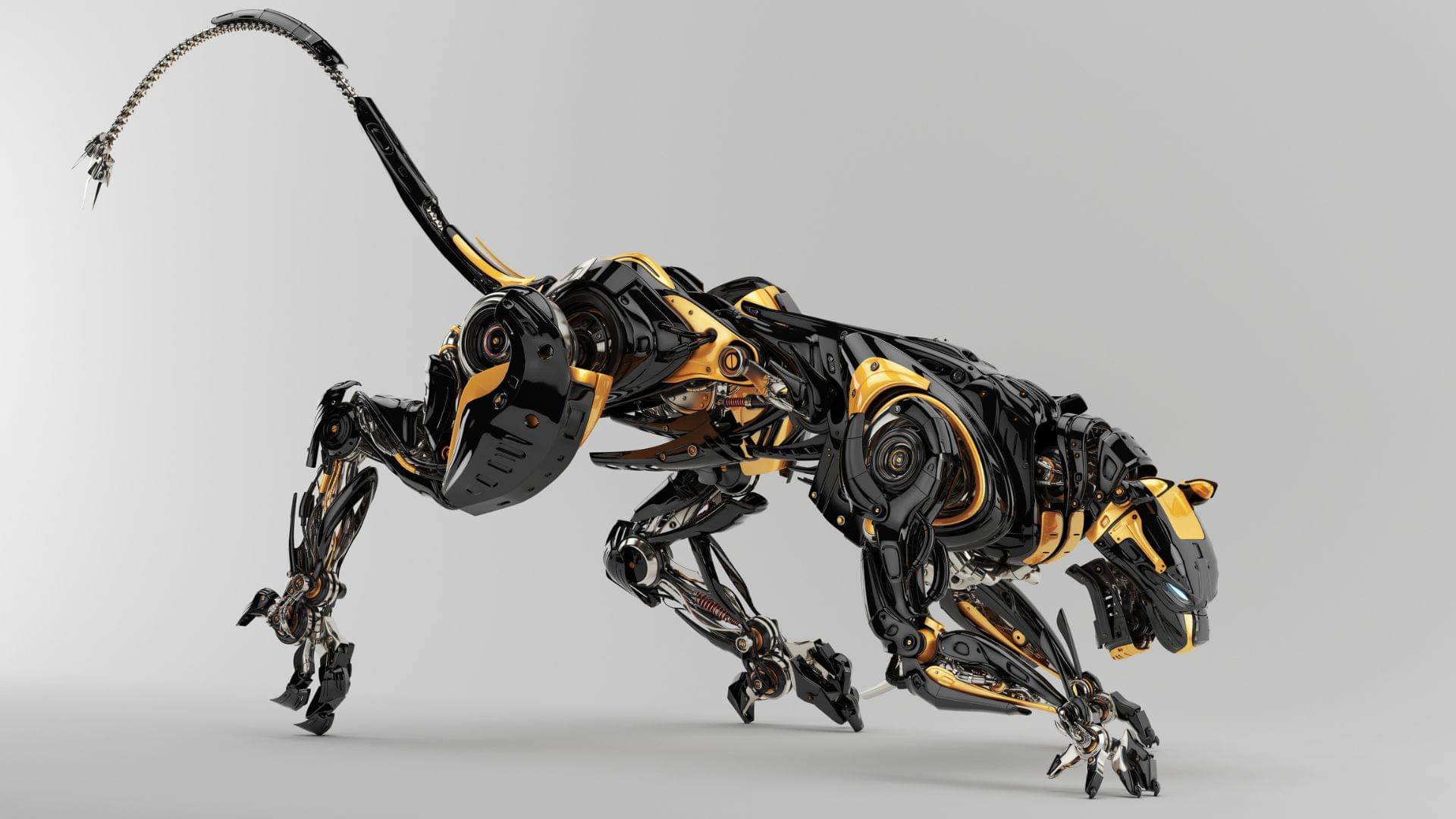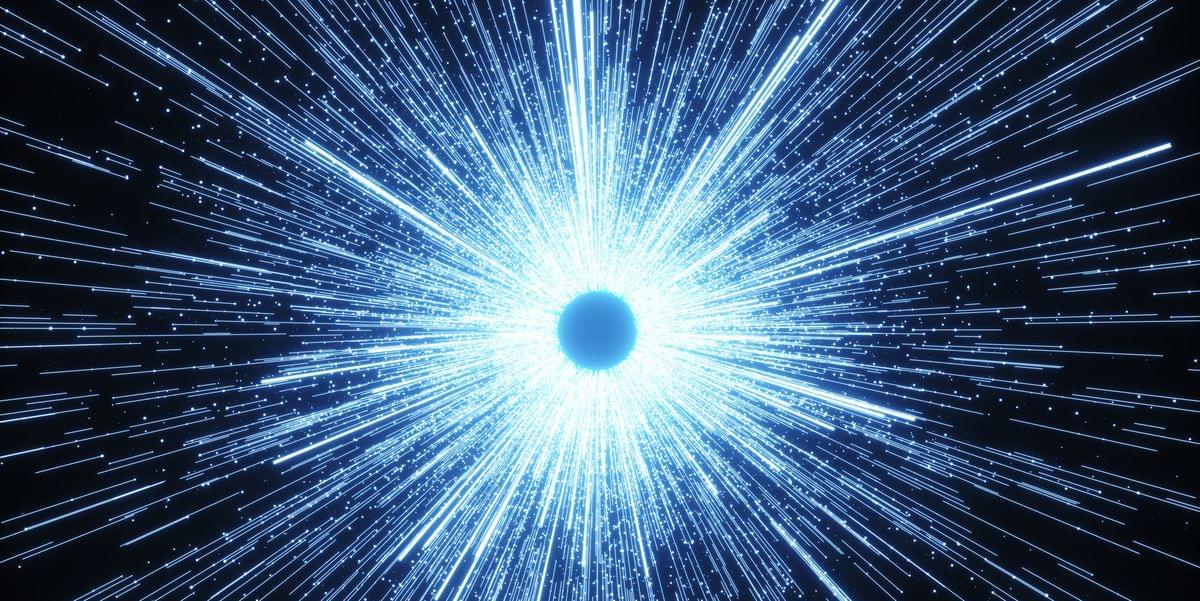A study in mice by Northwestern Medicine researchers has now identified a critical difference in how immune system macrophages help repair the heart in newborns versus adults after a heart attack. They found that in newborns, macrophages perform a process called efferocytosis, which recognizes and eats dying cells. This process triggers the production of a bioactive lipid called thromboxane, signaling nearby heart muscle cells to divide, and allowing the heart to regenerate damaged heart muscle. In contrast, efferocytosis by adult macrophages ultimately culminates in fibrotic scarring.
The study highlights a fundamental difference in how the immune system drives healing based on age and could point to strategies for improving tissue repair after heart attack in adults.
“Understanding why newborns can regenerate their hearts while adults cannot will open the door to developing treatments that could ‘reprogram’ adult macrophages,” said first and co-corresponding author Connor Lantz, PhD, lead scientist of the bioinformatics core at the Comprehensive Transplant Center at Northwestern University Feinberg School of Medicine.









